Welcome to Gamespublisher.com, where we’re all about giving game developers, video game publishers, and gaming fans the tools to succeed in the world of the video game industry.
Cross-platform publishing is a big deal right now. It’s changing how games reach players by letting them jump between consoles, PCs, and phones without missing a beat.
Why does this matter? Well, it’s your ticket to bigger audiences, better revenue, and making game genres accessible to everyone, no matter their device.
For game publishers and creators, getting a handle on cross-platform publishing is key to staying sharp in 2025, where players expect their gaming worlds to follow them everywhere.
Let’s dive into what makes this trend a must-know for game publishing success!
Cross-Platform Publishing Basics
As cross platform games become a cornerstone of game publishing, grasping the fundamentals is essential for game developers navigating this space.
What is Cross-Platform Publishing?
Cross-platform refers to publishing a game that runs natively or via cloud services across multiple platforms, like PC, consoles, and mobile. This allows players to enjoy the same title regardless of their device.
Unlike platform-exclusive titles, such as early PlayStation-only God of War games, cross-platform games like Fortnite or Minecraft support unified play, often with shared progress or multiplayer across systems.
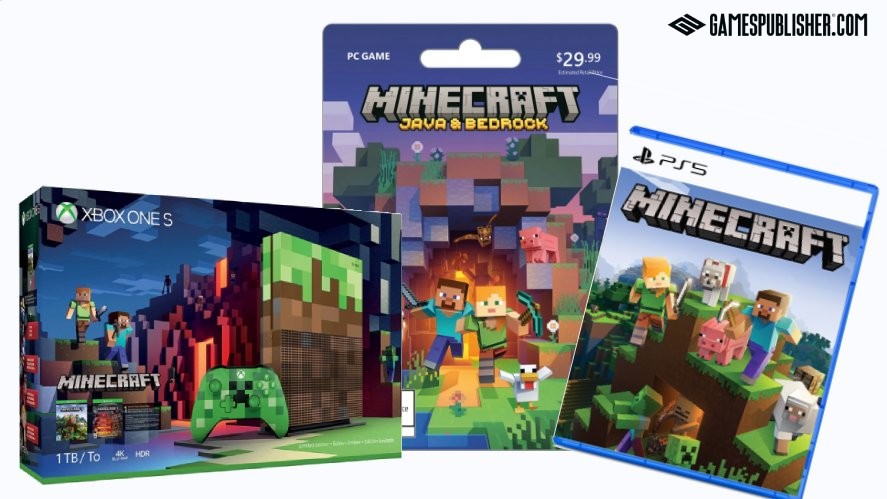
For instance, Fortnite lets a gaming fan squad up with friends on mobile versions. This is a flexibility that video game publishers leverage to widen their reach.
This approach contrasts with the siloed exclusivity of yesteryears.
Some argue Pong in the 1970s was the first cross-platform game, ported across arcade and home systems. However, modern cross-platform publishing is far more seamless.
The Rise of Cross-Platform Expectations
Player expectations for cross-platform games have surged in recent years, driven by a gaming industry shift toward seamless experiences.
Market data shows over 60% of gamers play across multiple devices, with titles like Minecraft leading the charge by syncing progress across game genres on Xbox, Switch, and iOS.
For example, a commuter might grind Genshin Impact on mobile, then dive deeper at home on a PC later.
As a result, video game publishers face pressure to deliver UI and UX design that feels intuitive across screens, while game development teams prioritize cloud gaming and cross-play to meet these demands.
This shift not only boosts engagement but also challenges game publishers to rethink how they craft and market cross-platform games.
Cross-Platform Publishing Game Development Challenges
Building cross-platform games is a game-changer for reaching wide audiences. However, it comes with real challenges that game developers must tackle to succeed in game publishing.
From technical aspects to platform quirks, creating seamless video game genres across devices tests even the savviest video game publishers.
Here’s a look at the key challenges in game development and how publishers can navigate them in 2025’s gaming landscape.
Technical Hurdles
When crafting cross platform games, game developers face technical challenges that can make or break a project, especially when balancing engine compatibility, device optimization, and varied input schemes.
Game engines like Unity or Unreal Engine are go-to choices due to their cross-platform support. However, ensuring a title runs smoothly on both a high-end PC and a budget Android phone requires careful tuning.
For example, Unreal’s lighting effects might dazzle on best PC games but choke on mobile, forcing game developers to tweak shaders or cut features.
Next, input differences add another layer. Keyboards offer precision for video game genres like shooters, while touchscreens demand simplified controls, as seen in Fortnite’s mobile tweaks.
As a result, UI and UX design must adapt dynamically, which stretches game development timelines and budgets.
Platform-Specific Requirements
Each platform, like Sony, Microsoft, Nintendo, iOS, Android, and Steam, has unique requirements that game developers must meet.
Sony’s PlayStation demands strict performance benchmarks, like stable frame rates, while Microsoft’s Xbox emphasizes accessibility features, such as customizable controls.
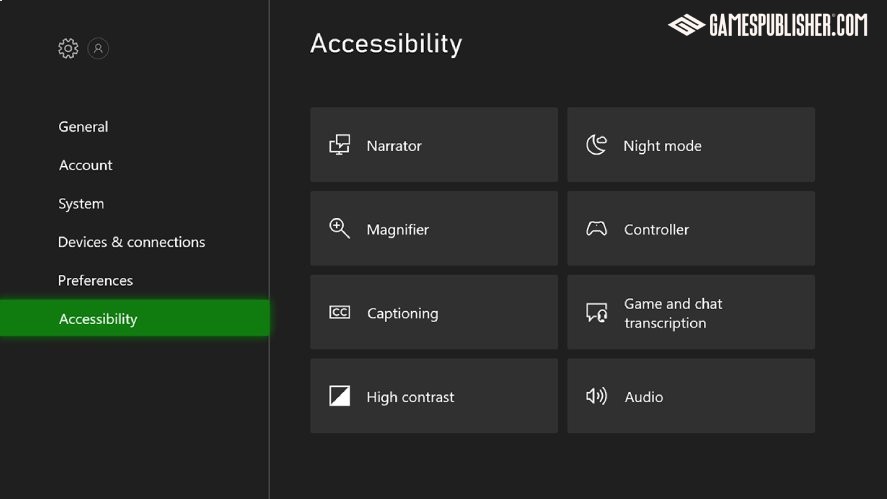
Nintendo’s Switch insists on handheld-mode optimization, which can clash with game genres built for beefier hardware.
Meanwhile, iOS and Android enforce app store guidelines while Steam’s open ecosystem still requires UI UX polish.
Lastly, certification can be a challenge, as a video game publisher might spend weeks tweaking a cross-platform game to pass Sony’s checks, delaying launches.
Syncing Multiplayer and User Data
Syncing multiplayer and user data across devices is critical for cross-platform games. They pose a hefty challenge for game developers striving to deliver seamless gaming experiences.
Backend services like PlayFab, Firebase, or Epic Online Services power this magic, enabling cloud saves and cross-play for video game genres.
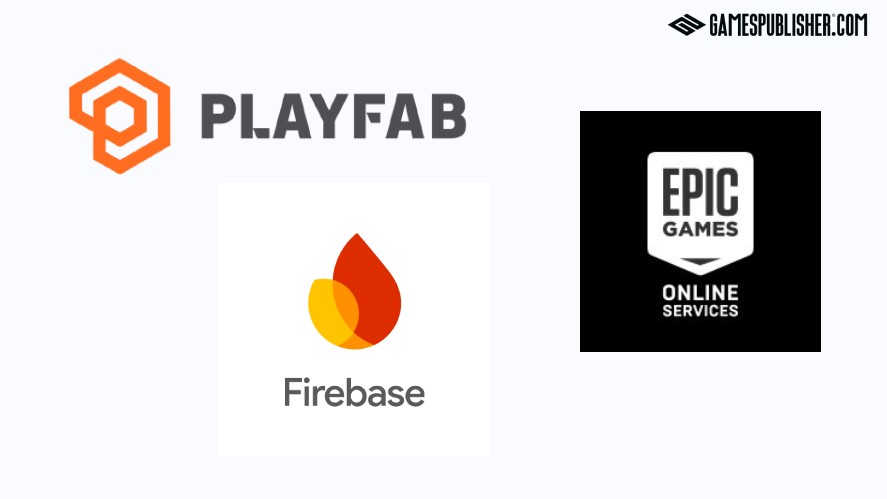
However, syncing isn’t foolproof. Latency or server issues can desync game sessions, frustrating gaming fans.
These efforts demand tight coordination, pushing publishers to prioritize backend reliability to meet 2025’s cross platform meaning expectations.
Cross-Platform Publishing Strategies for Success
Creating cross-platform games isn’t easy, but with the right strategies, game developers can streamline game publishing to deliver seamless games across devices.
Here’s how game development teams can set themselves up for cross-platform success.
Choosing the Right Game Engine
Selecting a game engine is a make-or-break decision for cross-platform games, as each offers unique strengths and trade-offs.
Unity is a favorite for game developers thanks to its robust support across devices. However, its graphics can lag behind AAA games.
Unreal Engine, favored by video game publishers for games like Final Fantasy XVII, delivers stunning visuals. However, its steep learning curve and resource demands can challenge smaller teams.
Godot, an open-source gem, shines for indie game developers crafting games with lightweight performance. Still, it lacks the polish of bigger engines for complex cross-platform games.
Codebase and Asset Management
Managing a codebase and assets for cross-platform games is a juggling act. Game developers must decide whether to maintain a single codebase or separate versions while leveraging tools like Git or Perforce.
A single codebase simplifies updates and bug fixes, saving time for game development teams working on video game genres like shooters.
However, it requires careful optimization to handle device-specific needs, like mobile’s lower power.
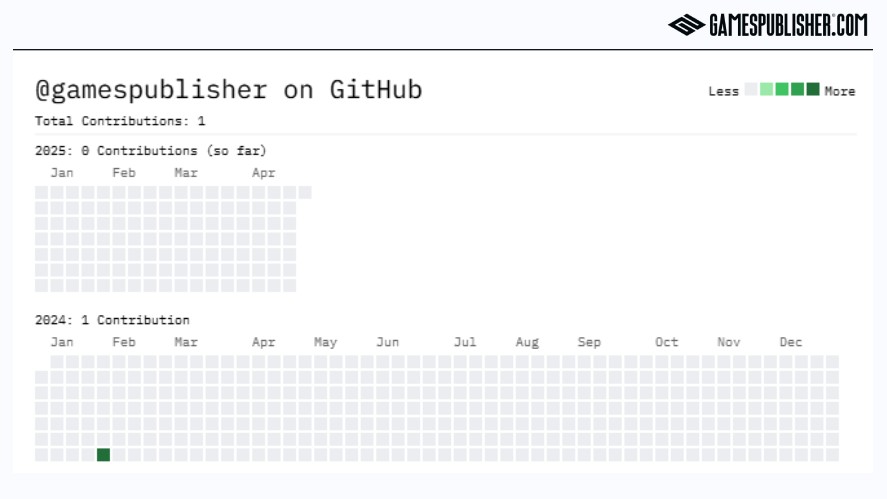
Separate codebases offer tailored performance but double maintenance efforts, which is a headache for video game publishers.
Tools like Git enable collaborative version control. They let teams track changes for cross-platform games, while Perforce handles hefty assets like 4K textures.
UI/UX Considerations Across Platforms
Crafting UI and UX design that works across console controllers, mobile touchscreens, and mouse/keyboard setups is critical for cross-platform games.
Games like Call of Duty: Black Ops 6 prioritize controller navigation with snappy menus accessed via thumbstick, while mobile game genres like Genshin Impact rely on touch-friendly buttons, scaled for smaller screens.
Mouse/keyboard setups demand precision, so the game development team might design scalable HUDs that shrink on phones but expand on larger screens, ensuring clarity across gaming platforms.
Lastly, testing on real devices catches quirks early, helping video game publishers deliver cross-platform experiences that feel intuitive, no matter how players engage.
Cross-Platform Publishing Monetization and Marketing
Turning cross-platform games into profitable ventures requires savvy monetization and marketing strategies that resonate across diverse platforms.
Here’s how publishers can make game development pay off and get video game genres noticed.
Unified Monetization Strategies
Structuring in-app purchases (IAPs) and subscriptions that work seamlessly across platforms is a cornerstone of cross platform games. Still, game developers must navigate varying platform cuts to maximize profits.
A unified approach keeps things consistent, so players feel they’re getting equal value whether on Xbox or Android.
For example, Genshin Impact sells its currency on iOS and PC, syncing purchases via cloud accounts.
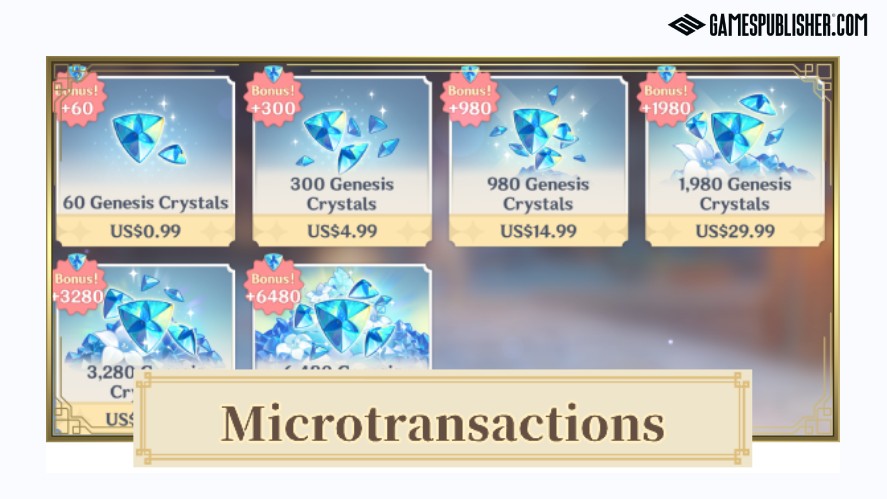
However, platform fees differ. Apple and Google take 30% on mobile IAPs, while Xbox or Steam might dip to 20%, pushing game developers to price strategically.
As a result, publishers often bundle subscriptions with exclusive perks, like early access, to offset cuts and boost retention.
Coordinated Marketing Campaigns
Launching cross platform games demands coordinated marketing to capture attention across platforms, and game developers face tough choices between unified or staggered release dates.
A simultaneous launch creates buzz and unifies gaming communities, but it strains game development resources.
Staggered releases, where a video game publisher drops a game genre on one platform before the other, allow focused game publishing efforts but risk alienating players waiting on other platforms.
For instance, game developers might offer timed exclusives, like a skin, to hype early adopters. However, this can frustrate cross-platform fans expecting fairness.
Overall, game publishers should leverage cross-promotion, using gaming trailers to tease mobile versions, ensuring all players feel part of the launch.
Cross-Platform Publishing Case Studies
The cross-platform publishing shines through real-world examples, where both indie and AAA game developers showcase how to nail cross-platform games.
By studying the successes of solo creators and massive studios, we can learn practical strategies for game development that span video game genres and devices.
Indie Success Stories
Indie game developers like Eric Barone (ConcernedApe) prove that cross-platform games don’t need big budgets to conquer the gaming world, with Stardew Valley as a prime example.
Barone single-handedly built this farming sim, launching it on PC in 2016 before expanding to Nintendo Switch, PlayStation, and mobile, selling over 30 million copies by 2024.
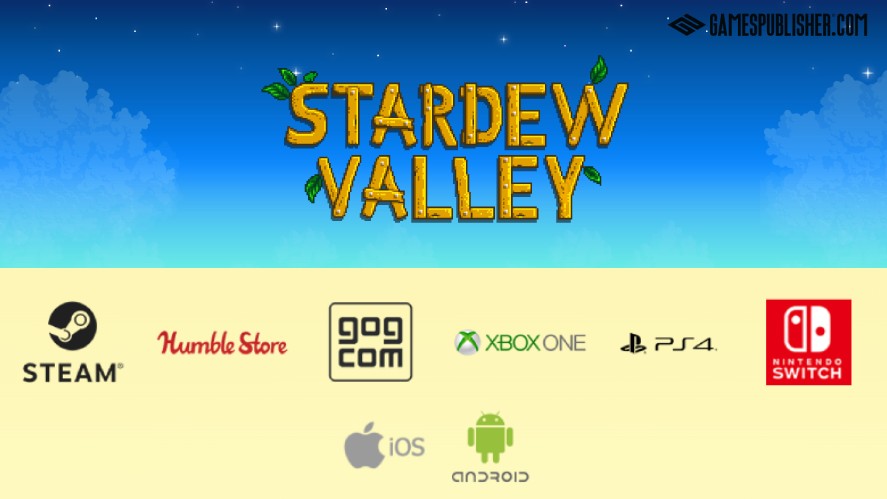
His secret? A unified codebase in XNA/MonoGame, which streamlined game development for multiple platforms with help from porting teams, and a focus on design that felt cozy whether on a phone or console.
Barone also embraced self-publishing on most platforms by 2019, giving him control over updates like the 1.6 patch, which brought new content and features to mobile and other platforms.
This flexibility lets him sync the game across PC and mobile. It shows publishers how lean teams can achieve cross-platform success through smart tools and fan engagement.
AAA Cross-Platform Approaches
Large studios like Epic Games and Activision take cross platform games to another level, leveraging massive resources to dominate game publishing.
Epic Games, a titan in game development, uses its Unreal Engine to ensure Fortnite runs smoothly across devices with UI and UX design tailored for each.
Their backend, Epic Online Services, syncs multiplayer and progress, letting players jump from one platform to another without a hitch.
Activision, meanwhile, powers Call of Duty’s cross-play with robust servers, balancing inputs so it feels fair whether using controllers or keyboards.
These studios show publishers that heavy investment in game development infrastructure pays off, though their scale can be daunting for smaller teams.
Conclusion
Cross-platform publishing is a game-changer for game developers, opening doors to global audiences and extending the life of video game genres in the gaming industry.
Whether it’s an indie title or AAA game, the definition of cross platform delivers unmatched reach and engagement.
For game publishers and game developers, mastering this approach means tapping into diverse platforms while keeping the design and gameplay fluid.
Gamespublisher.com is your go-to resource, offering tutorials, best practices, and tools to streamline game publishing across devices, whether you’re a solo game developer or a video game publisher chasing the next big hit.
Dive into our guides, learn from cross-platform games, and make your gaming vision a reality that players everywhere can enjoy.
Loading survey...

